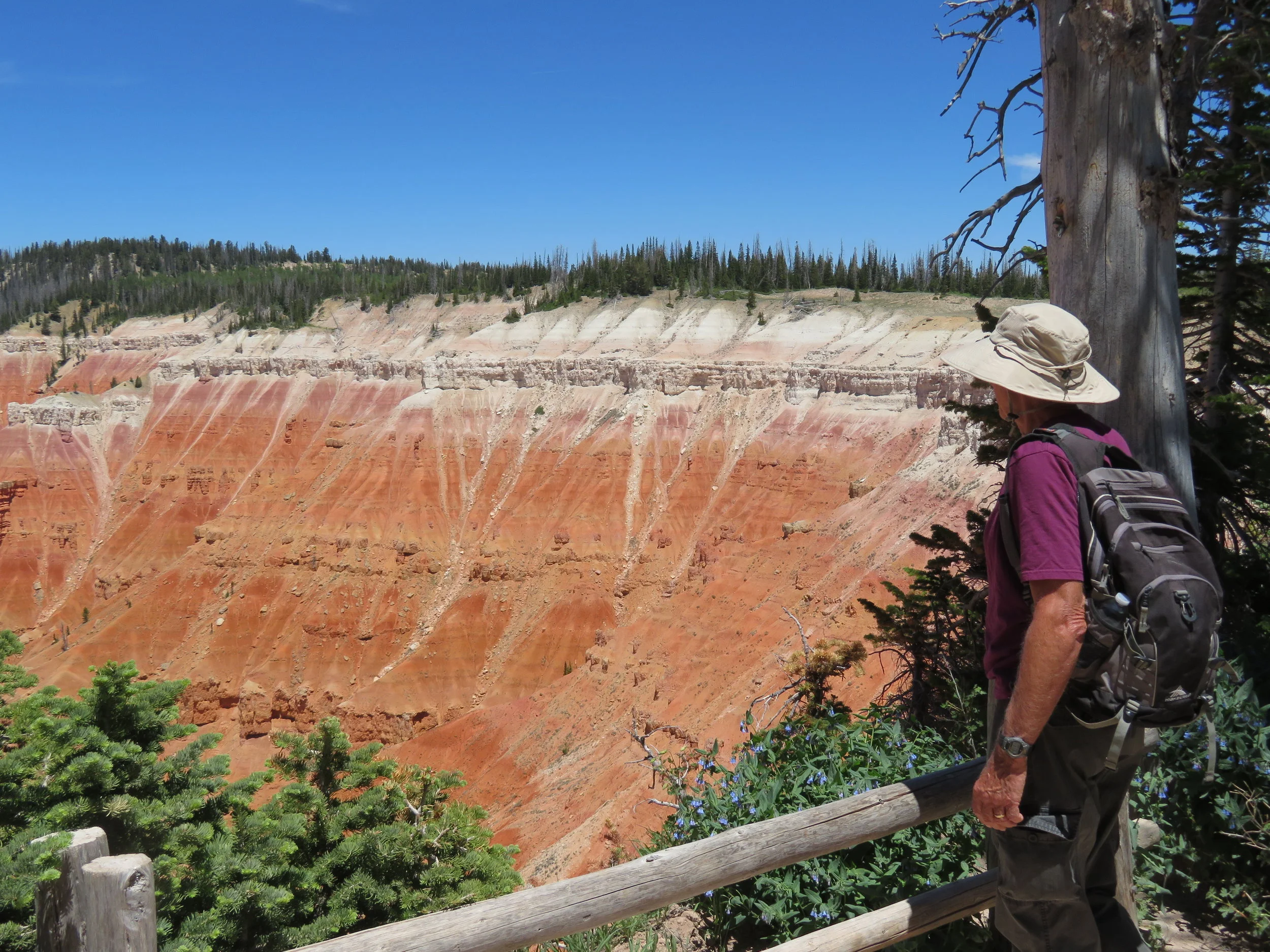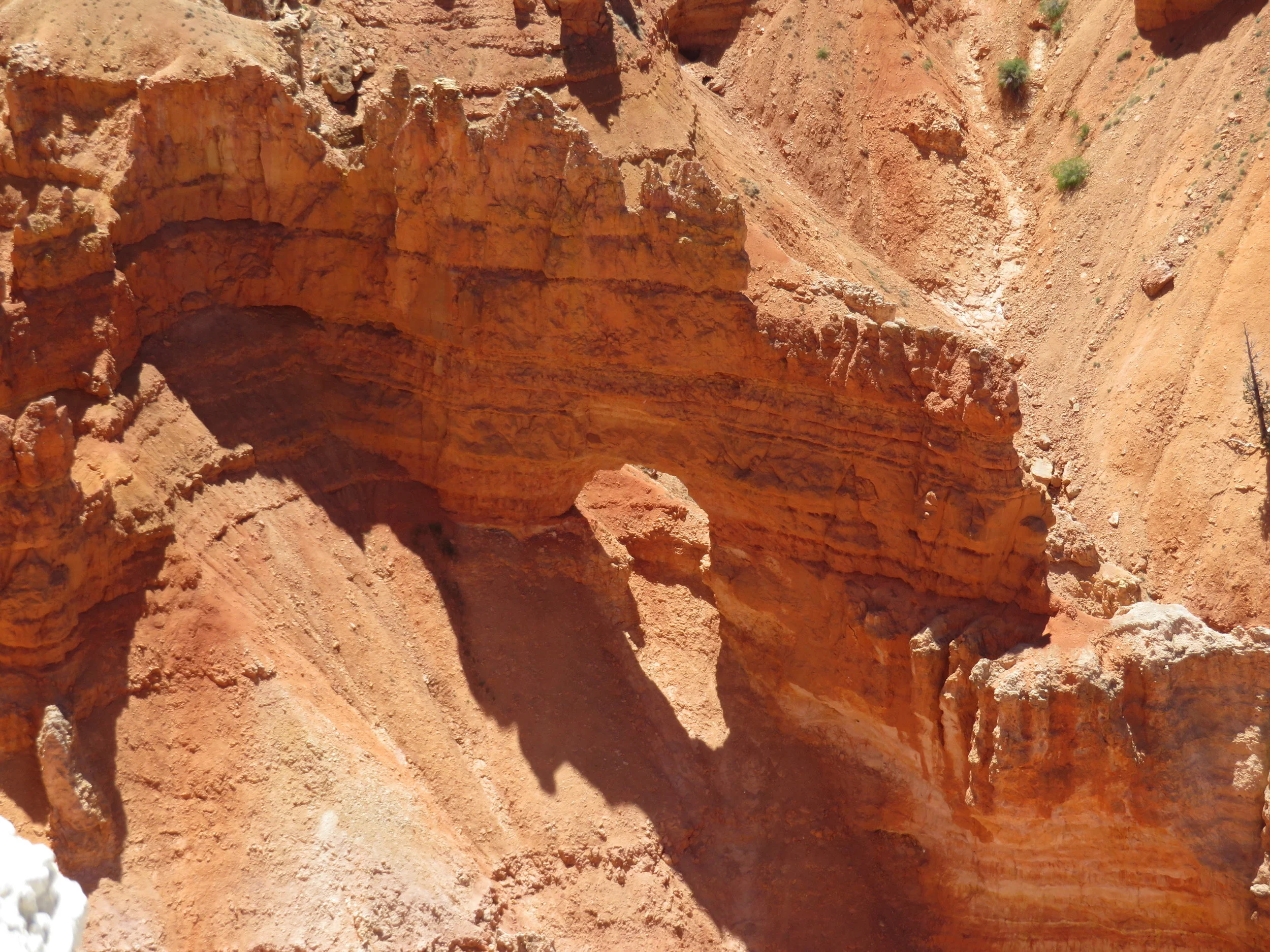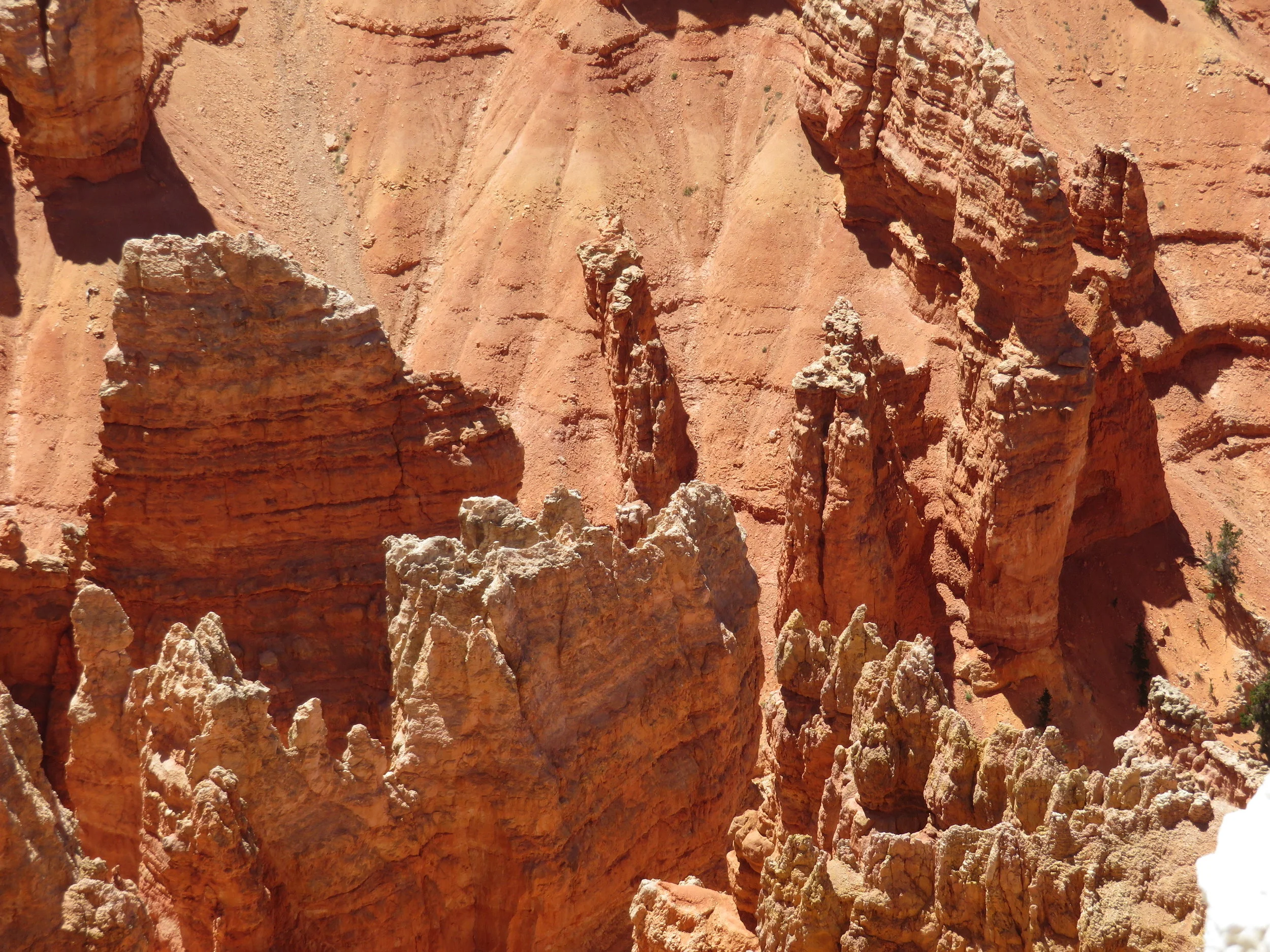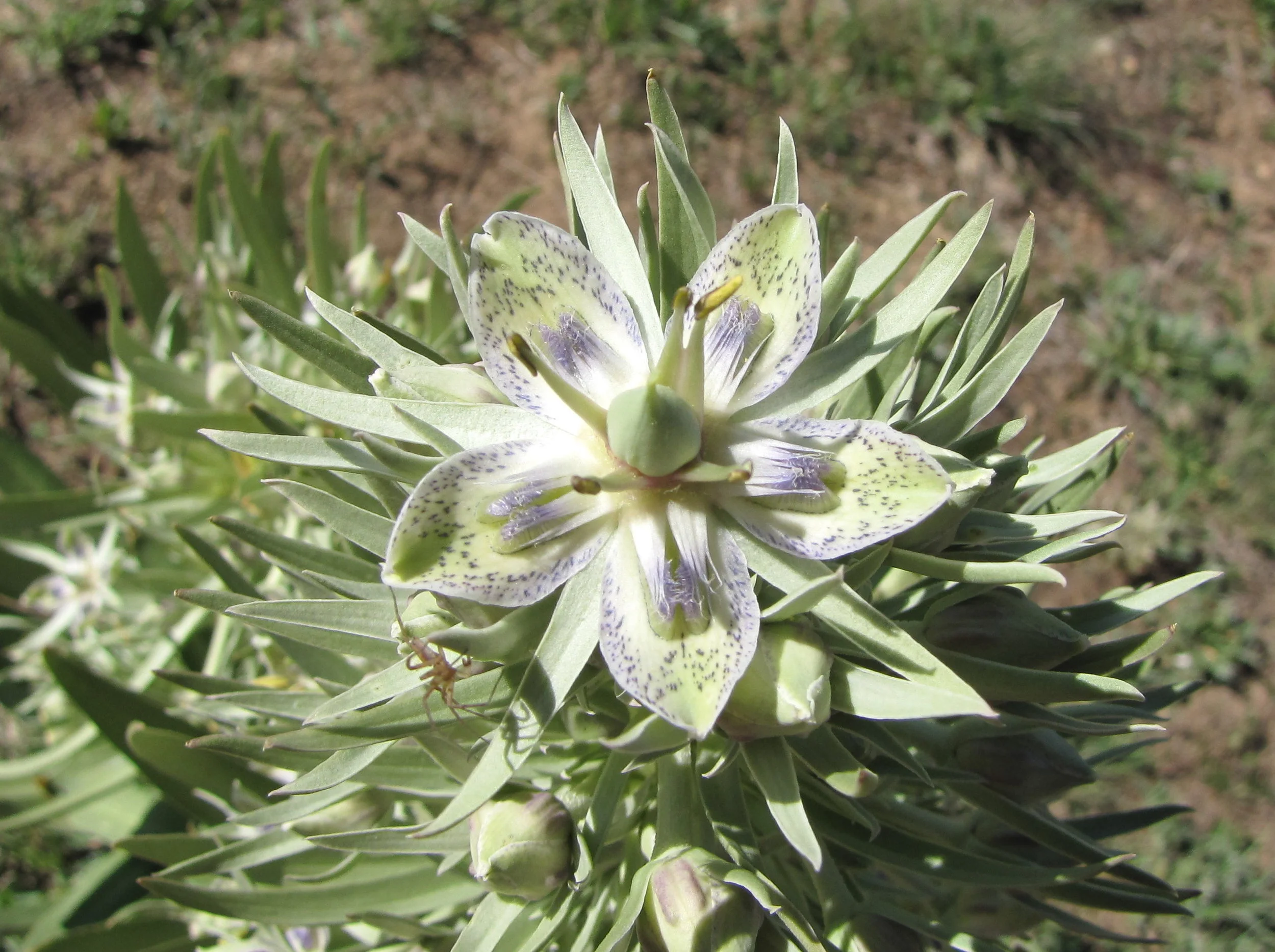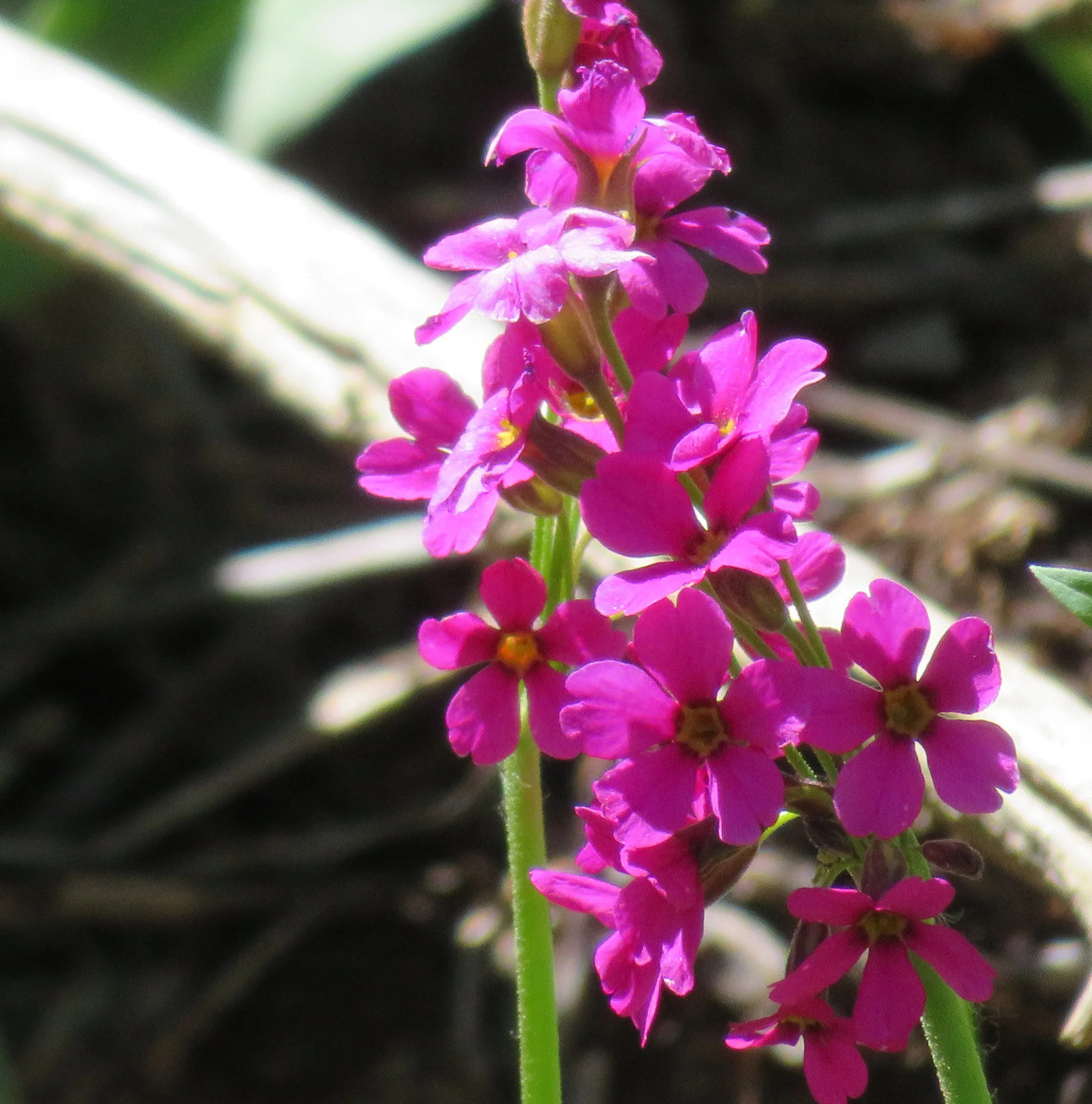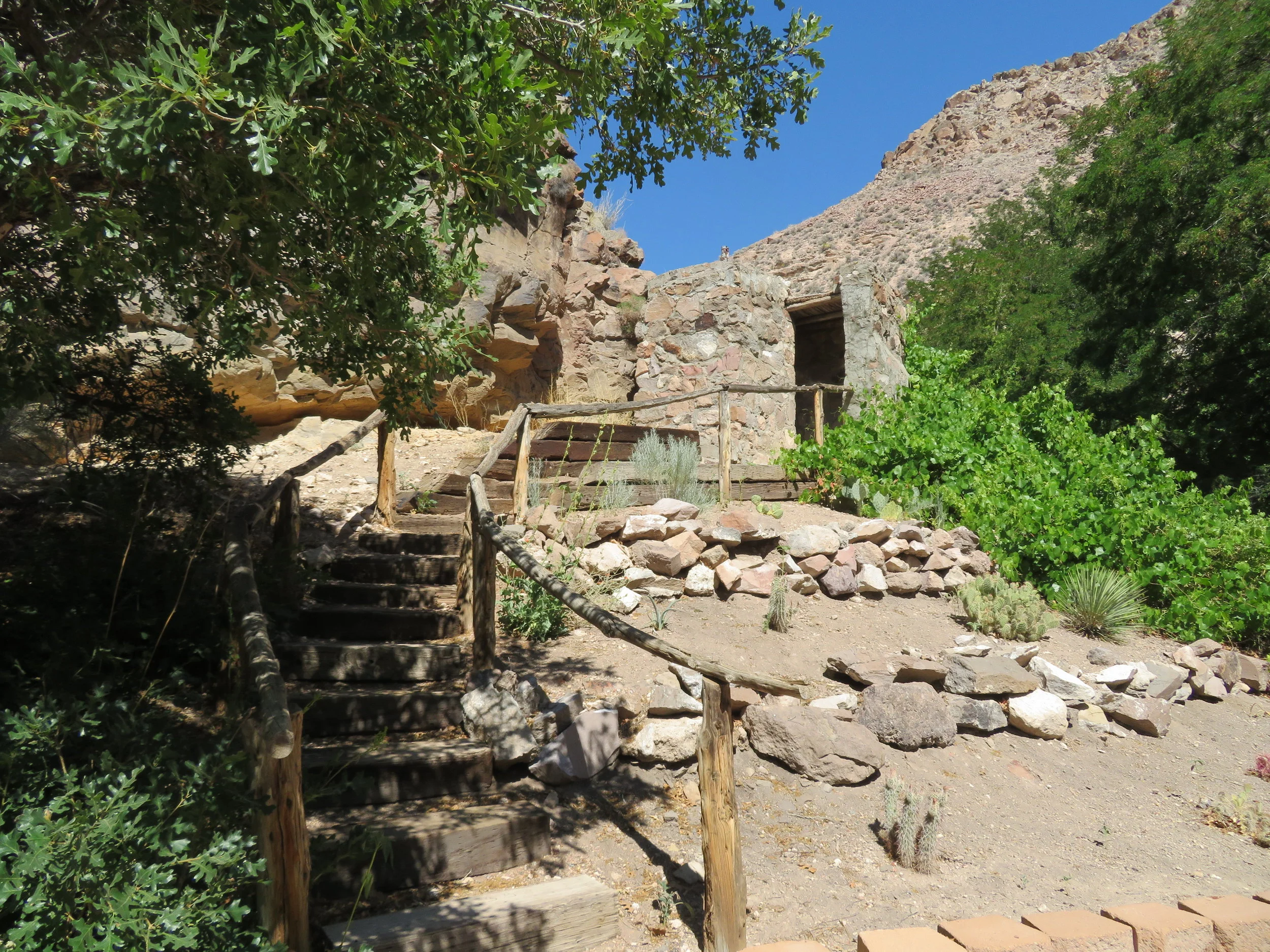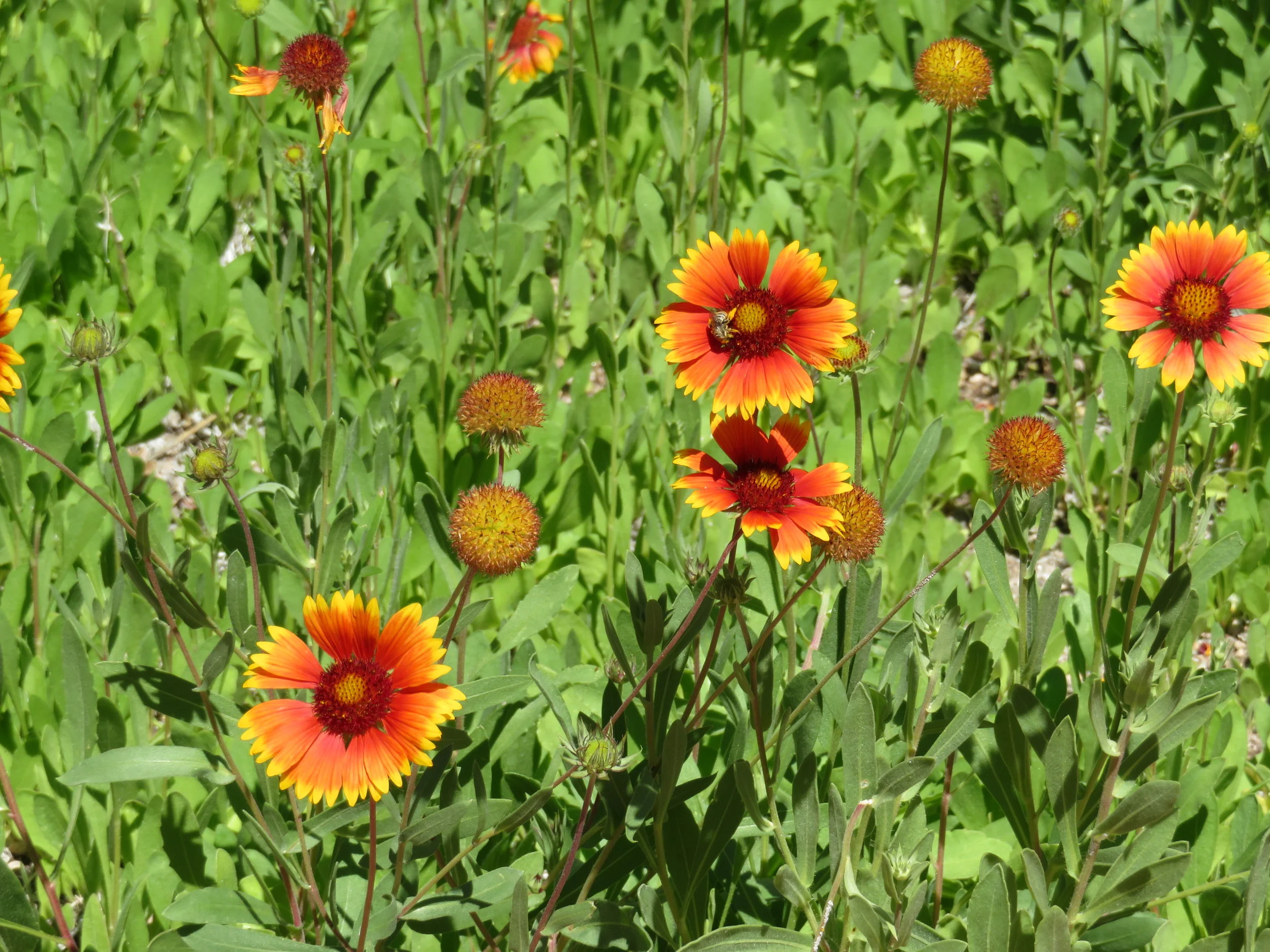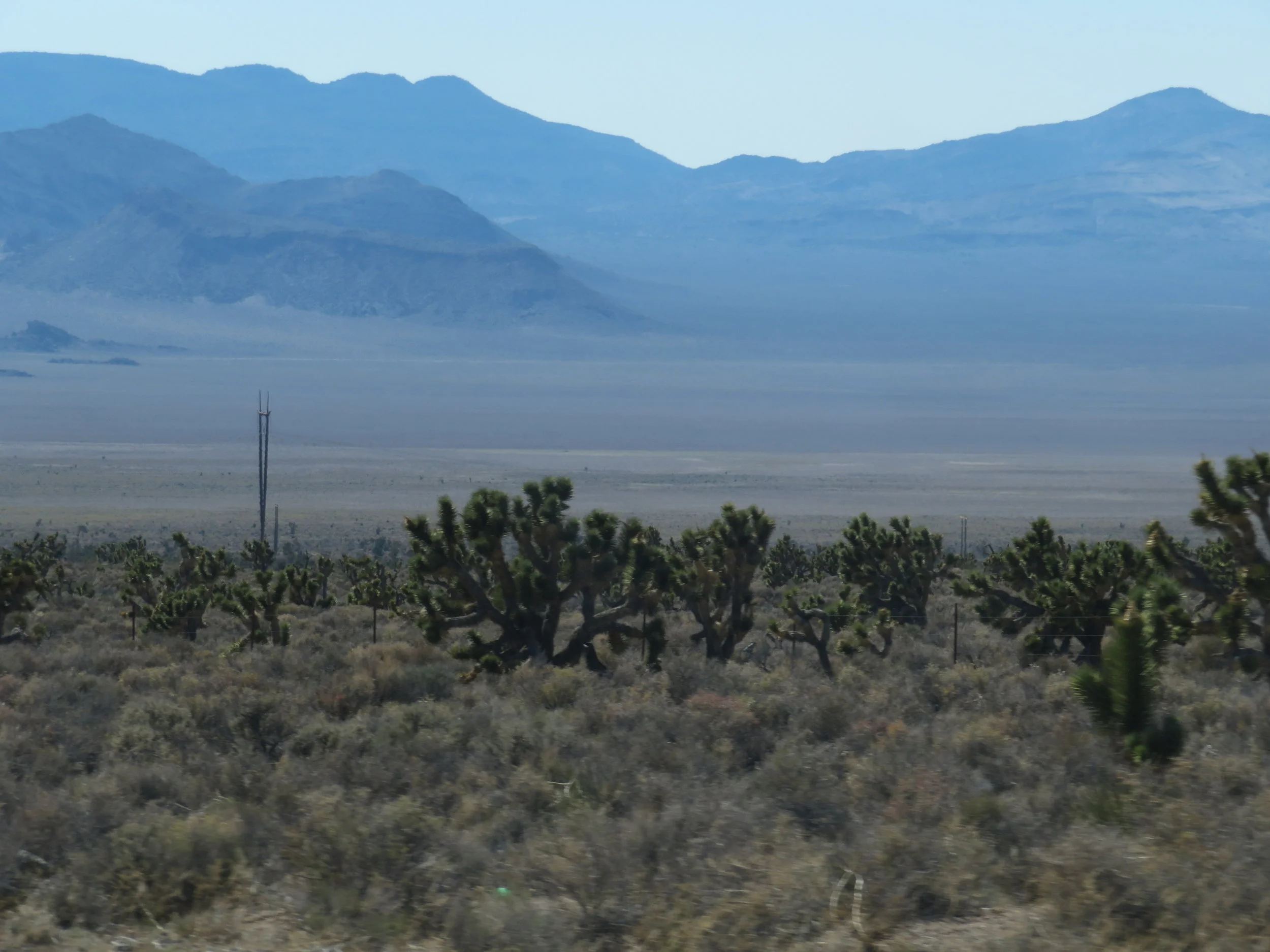GWL – Breathless in Cedar Breaks & A Massacre in the Meadows
/Day 55 – Breathless in Cedar Breaks
Climb high ... sleep low
Altitude gurus suggest climbing high and sleeping low. Evidently our 10,350’ altitude campsite did not agree with our lungs. We both awoke during the night short of breath and taking big gulps of air to get in a bit more oxygen … an uncomfortable feeling. Though we’d hiked at these higher altitudes, we’d evidently not become acclimatized to the thinner air and sleeping was difficult.
We’d planned a couple of days at Cedar Breaks, but it was obvious we needed to move to a lower altitude … not before one more short morning hike. We were sluggish, but not incapacitated. We attacked the 2-mile Alpine Pond Trail with a little less gusto than usual, but we managed to complete it.
Once again, though the geologic formations were aweseome, it was the wildflowers that held my attention ... especially the less familiar ones like elkweed and Parry’s primrose and then those we missed from our days in the Rockies like Colorado columbine.
We were winded for sure by the time we finished the walk. It was even difficult to take a drink of water and swallow because taking a breath took all our effort. Yikes … time to get on down the road … and we did.
We were heading back to Nevada and looking for a place to take a break when we saw a sign for Mountain Meadows which sounded quite appealing … maybe a picnic lunch and a walk. We were shocked to learn that this national landmark was not a pleasant picnic spot at all, but rather the site of a brutal massacre dating back to 1857.
In a nutshell …
In September 1857, a California-bound wagon train with about 140 people from Arkansas including men, women and children camped in this valley. A group of Mormon militiamen and several Paiutes that they had enlisted, attacked the wagon train and in a 5-day siege, killed 10 of the travelers. The emigrants fought off the attack as long as possible, but on September 11th (yes, that was the date) they finally surrendered their weapons and possessions in exchange for a promise of safe passage and protection. The hostages were then separated into three groups: men and older boys, women and older girls, the wounded and children. At a prearranged signal, the men and boys were shot, as were the women, older girls and the wounded. Only 17 children survived. The dead bodies were plundered and left, unburied, to rot. In 1858, the corpses were discovered and buried by the US Cavalry. Seventeen years later, nine Mormon militiamen were indicted, though 50 reputedly participated, and only one was ever convicted and executed.
Steve Jennings, researcher and historian, provided lots of information about the massacre.
This was not exactly what we had in mind for a light-spirited picnic. As we walked around the monument, we met a knowledgeable man who was educating his friends about the massacre and its history. It just so happened that Steve Jennings, a history buff who had done extensive research on the massacre, was visiting at the same time as we were. With some coaxing, Steve provided us more information, particularly about the wagon train leaders, John Baker and Alexander Fancher.
As we departed from the monument, a woman and her aging father were slowly making their way up the paved trail. She introduced herself and her father … they were descendants of the Fancher family! We chatted for a bit. William had grown up with the stories of the massacre as had his daughter, Sherry. This was too bizarre to be a coincidence. It appears we were meant to stop here and meet all of these people. The story of the massacre and meeting Steve and subsequently members of the Fancher family have significantly touched us. We are well aware of man’s inhumanity to man, but this incident brought tears to our eyes and profound sadness to our hearts on a sunny afternoon in the meadows of Utah.
Day 56 – Nevada’s State Parks
We had in mind to explore and stay at several of Nevada’s state parks, but the scorching temperatures were not conducive to hiking or camping. We did, however, visit several parks as reconnaissance for future weekend camping forays.
Cathedral Gorge State Park was scorching hot. We walked the dusty path up the hill to the Bullionville Cemetery. It’s small and desolate. Many of the markers are weathered and broken. Few records were kept a century ago and thus, many of the names of those buried there are not known.
The campground itself is flat and open and surrounded by fantastic geologic formations ... ‘dramatic and unique spires of bentonite clay … the result of explosive volcanic activity that, with each eruption, deposited layers of ash hundreds of feet thick.’ It was too hot to explore, but we put it on our list for future weekend camp-outs.
The spires of Cathedral Gorge. Kind of wished the kids weren't playing on them. They look fragile.
Next was Kershaw-Ryan State Park … another surprise. The campground wasn’t all that special, but when we followed the road up through the canyon, a wonderland awaited us. Grapevines covered the canyon walls and colorful hollyhocks bloomed. A beautiful gazebo, picnic tables with ramadas, a fountain, lush with flowers, and a swimming pool offered an awesome oasis and an inviting respite from the heat of the day. A volleyball court doubled as an outdoor movie venue a couple of nights a week. Interestingly, only only family was there to enjoy it. We didn’t venture far up the trail, but it looked inviting … perhaps on cooler days in autumn?
Day 57 – Home again, home again – Total miles traveled 5,365
Joshua trees on our route back to Las Vegas
In case you haven’t guessed it, we’ve been home for a couple weeks now, but the tales of our travels have continued. We have to live it before we can write it.
After nearly two months and over 5,000 miles on the road, we’re ready for another adventure. After a brief respite and some house chores, we’re off again soon. Return to Van Life and enjoy another rather interesting itinerary. Hint: There’s bison, canoe capsizing and hobos involved.



